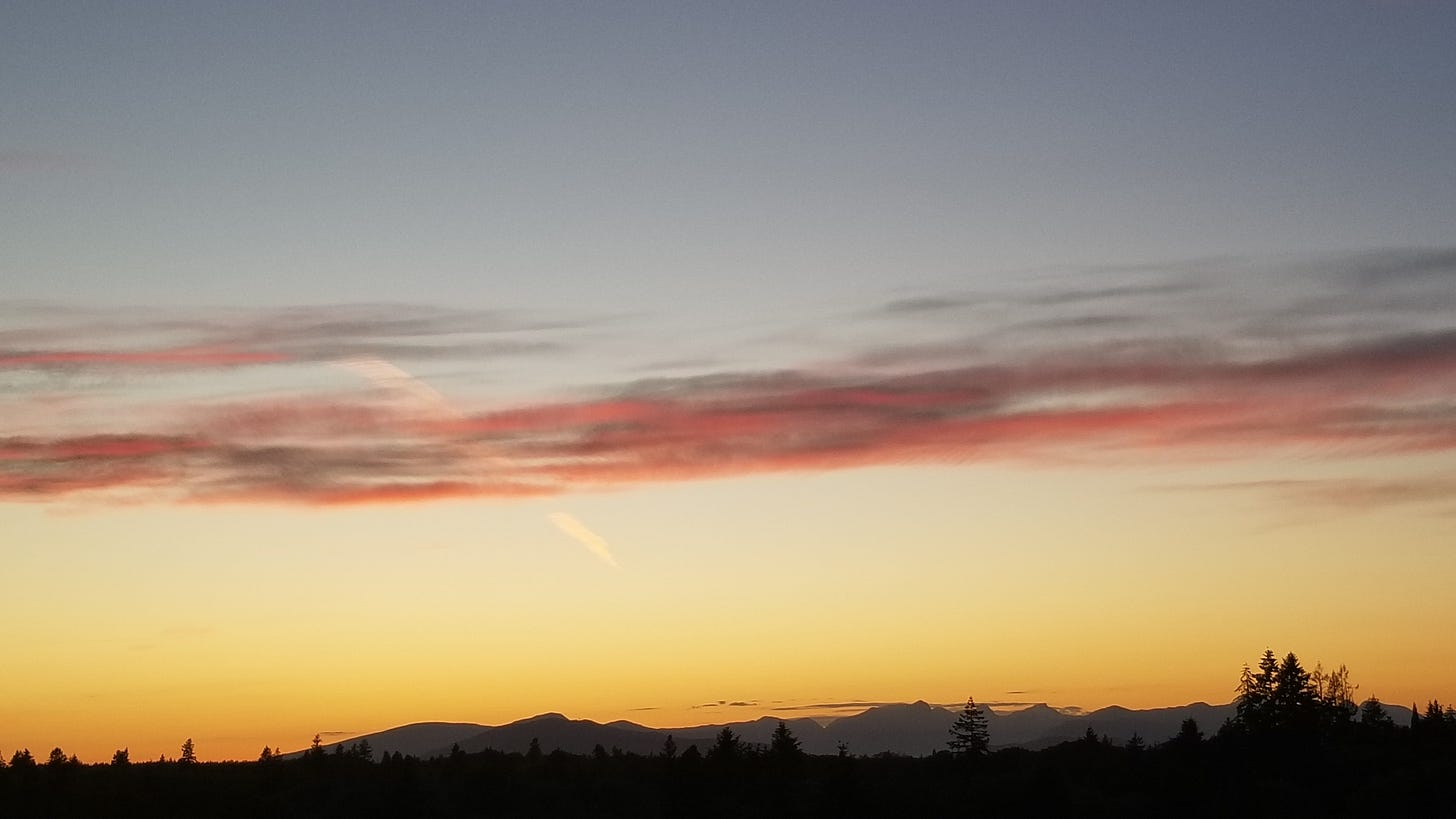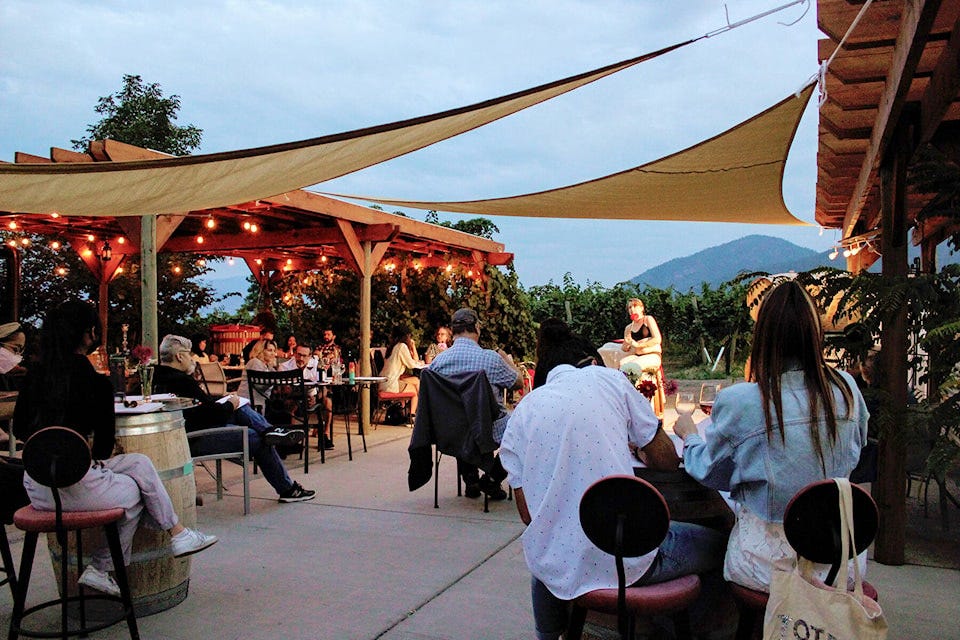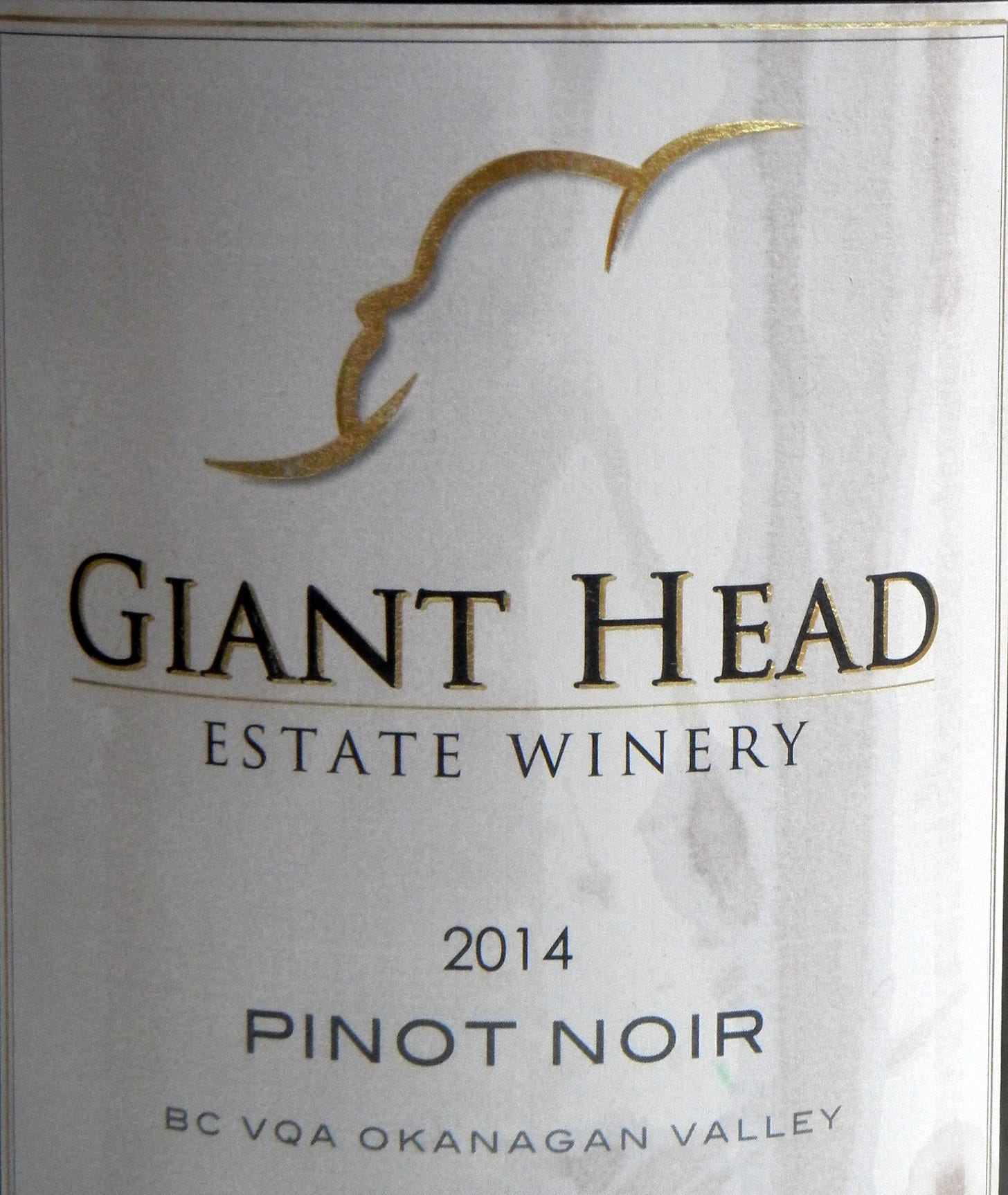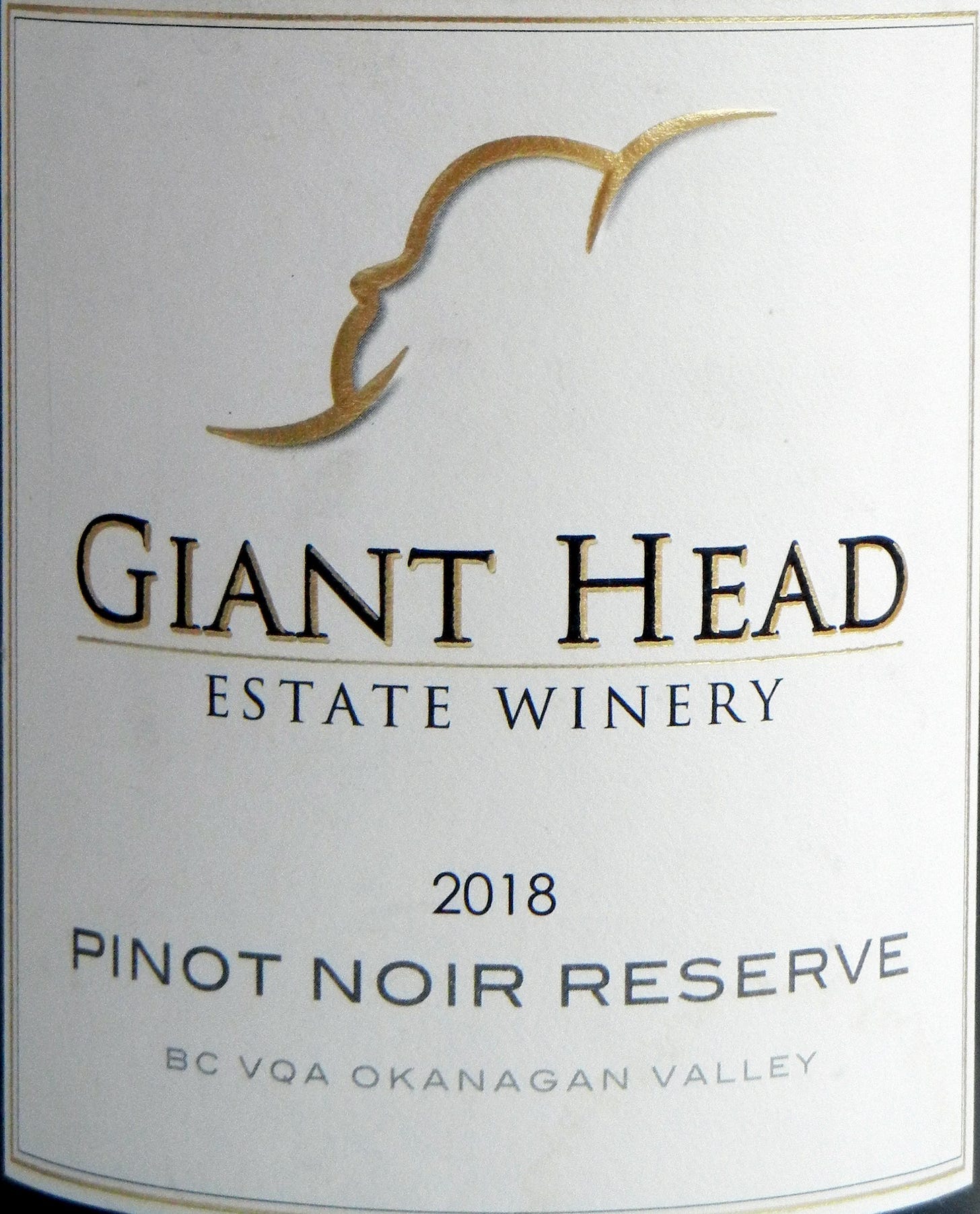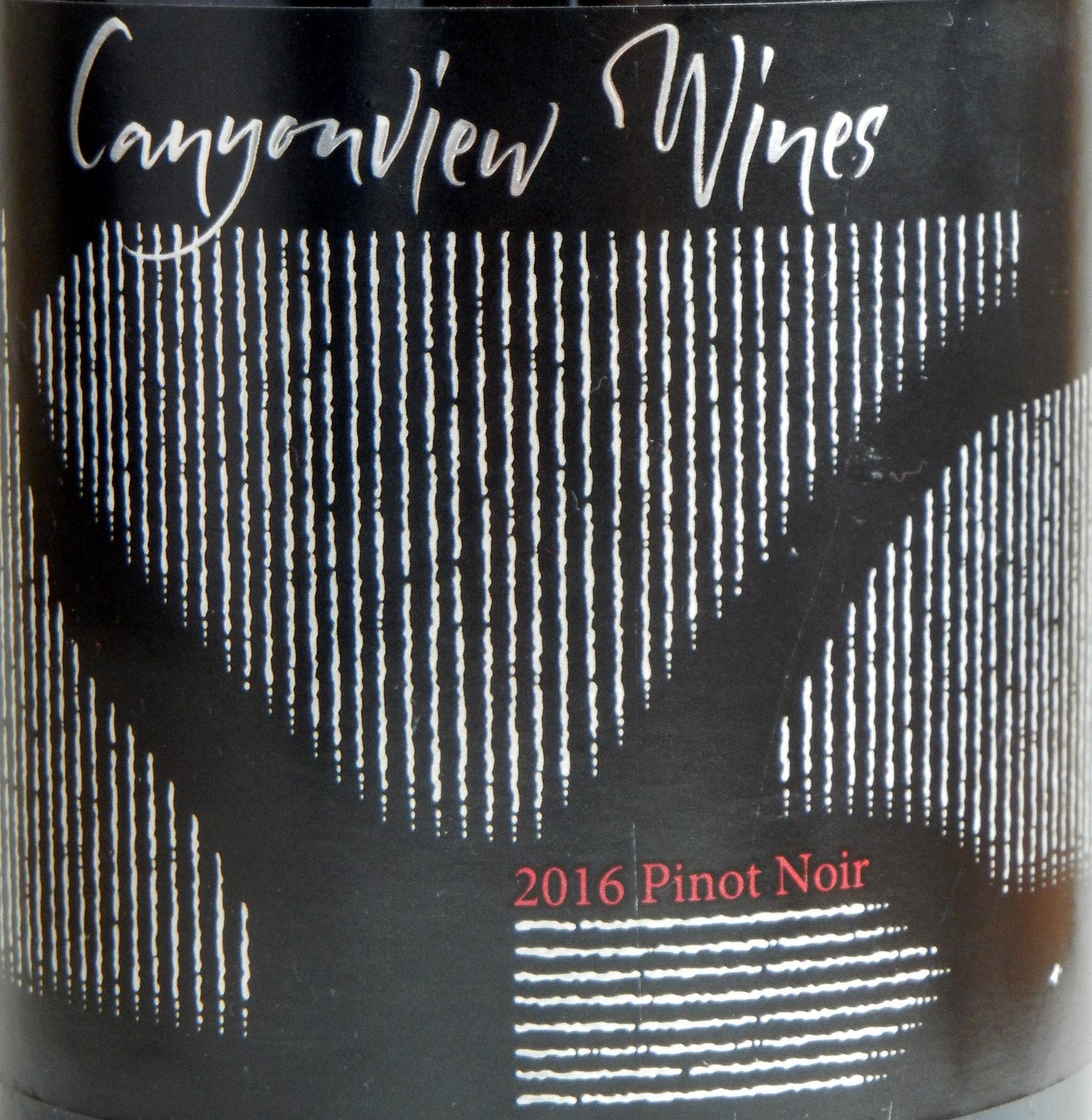Summerland Bench Sub-GI
Second in a Series on the Summerland Sub-GIs
Overview of the Summerland Area
The community of Summerland sits next to Highway 97 on the Eastern side of Lake Okanagan, directly across from the town of Naramata and its adjacent necklace of wineries. It sits in the crater of an exploded volcano that sent enormous lava chunks South and West, including what is now Giant's Head Mountain. In the last several million years, glaciers ran over these lava chunks and volcanic domes in the area, scouring and sculpting them into the rounded summits now arrayed around Summerland.
When the glaciers retreated, sediment from glacial meltwater buried the terrain below the 500 m elevation about ten thousand years ago, leaving most of the valley bottom filled with gravel.
In 2019, the Bottleneck Drive Association, a collection of wineries, cideries, distilleries, and breweries in the Summerland area, led the application to delineate several new sub-GIs. Sub-GI is used in the wine industry to denote a smaller, distinct region within a larger geographical indication or GI (Okanagan Valley). Three contiguous sub-GIs, Summerland Lakefront, Summerland Bench and Summerland Valleys, were granted.
Summerland's location in the Central Okanagan, north of Okanagan Falls, south of Kelowna and Lake Country and proximal to Lake Okanagan Lake puts it well in pinot noir's comfort zone. Quality pinot noir is currently being made in all three sub-GIs.
This is the second of three articles on the pinot noir wines and wineries in the Summerland sub-GIs.
Summerland Bench Sub-GI
Most of the Summerland Bench sub-GI lies sandwiched between the other two sub-GIs, East of the Southern portion of Summerland Valleys and West of Summerland Lakefront. Most vineyards are in the East and South of Giant's Head Mountain area. The total area of the Summerland Bench sub-GI is 1800 hectares, though much of it is non-arable or urbanized land. The southern edge of the sub-GI is the escarpment overlooking the Trout Creek Canyon.
The Summerland Bench sub-GI landscape is marked by undulations and terraces formed in the geological past when large volumes of glaciofluvial flows (glacial meltwater) carved out canyons and deposited gravels to create the varied terrain that surrounds Giant's Head Mountain. These forces produced an array of sediments that form the parent materials for the soil types utilized in viticulture today. The sub-GI receives 1334 growing degree days on average per year. This will vary according to elevation. However, the average makes the sub-GI cooler than the South Okanagan, where growing degree days (defined as temperature being over 10 Celsius) can be closer to 1500. On the other hand, it is a warmer sub-region than the vineyard areas in Kelowna and farther north in Lake Country and beyond.
Vineyards
At 1800 hectares, the Summerland Bench is the largest of the Summerland sub-GIs. Still, several volcanic bedrock masses, including the centrally located Giant's Head mountain and the Summerland townsite area, occupy a large percentage of this area. This leaves only about 800 hectares of arable land, with few wineries and vineyards in the central part of the district. Five hundred hectares of agricultural land are located south of Giant's Head Mountain at 430 to 600m elevations. The other 300 hectares of more level land lies north of downtown Summerland at about 500m elevation. Vineyards cover only a relatively tiny portion of this agricultural land, about 70 hectares.
The vineyards experience a range of climatic conditions determined by elevation, aspect, and topography. Most of the soils are coarse-textured and well-drained. Overall, the slopes in the vineyard sites are gentle and lie several hundred meters higher than one to three kilometres back from Okanagan Lake.
The situation, climate and aspects of the Summerland Bench sub-GI suit pinot noir very well. Two-thirds of the red varieties planted here are pinot noir. Two of the eight wineries that produce pinot noir in Summerland Bench are on the northern tip, very close to the other Summerland sub-GIs. However, pinot noir's sweet spot is close to the Southern boundary, with six wineries occupying a plateau whose edge describes the steep valley and outwash delta of Trout Creek. Three of these wineries hug the boundary with Summerland Lakefront, highlighting the importance of soil type variation in delineating the three Summerland sub-GIs.
The wineries making pinot noir located in Summerland Bench sub-GI include Sumac Ridge Estate Winery, Back Door Winery, Dirty Laundry Vineyard, Lightning Rock Winery, Giant Head Winery, Lunessence Winery & Vineyard, Thornhaven Estates Winery, and Silkscarf Winery. Two of the more noteworthy pinot noir-producing wineries are Giant Head Winery and Lightning Rock Winery.
Giant Head Winery
For those who become enraptured with pinot noir, an "epiphany bottle" is often the beginning of the love story, a great bottle that captivates, entrances, and leads on. In the case of John Glavina and Jinny Lee, the owners of Giant Head winery, a Gevrey-Chambertin Le Clos St. Jacques tasted on holiday to France in 1998, set in motion the wish to have their own vineyard. Subsequent tours of Willamette Valley wineries over the years deepened their appreciation of pinot noir.
In 2004, they purchased an apple orchard on a bench in the skirts of 500-meter-tall Giant's Head Mountain, a prominent feature of Summerland's complex geography. In 2006, they planted four acres of their own-rooted vines, including pinot noir.
John, with a degree in computer science and a technical background, focuses on winemaking, while Jinny, an electrical engineer by training, farms and manages the vineyard. Their first commercial vintage was in 2014, and their winery opened in 2015.
Their primary focus is to make wines from their estate vineyards. Over the years, they have released three different pinot noirs, including a Reserve and a Select. However, in 2016 and 2017, they had access to pinot noir grapes from the celebrated Canyonview Vineyard, which they released under their Canyonview label.
Lighting Rock Winery
Lightning Rock Winery began with the passion and expertise of winemaker Jordan Kubek and her vineyard manager husband Tyler Knight. Jordan came to the Okanagan in 2010 to complete her winemaking training, working the harvest at Stoneboat Vineyards. She then joined Okanagan Crush Pad (now Haywire), where she met Tyler. She eventually became the sparkling wine specialist there. Tyler, along with Jordan, did harvests in New Zealand, Australia, and the prominent Chilean winery Clos des Fous and spent much time in several European wine regions.
Their dream of having their winery was enabled in 2016 when Jordan's father, Ron Kubek, purchased two vineyards in the Summerland Bench sub-GI. The home vineyard, Elysia, was planted in 2006 and purchased in 2017. It includes 1.4 hectares of pinot noir on an elevated, eastward-facing, granitic hill containing alluvial soil and limestone.
From the beginning, under Jordan Kubek, the winemaking focused on producing minimal intervention but unfaulted wines. This included starting with "pied de cuve" from grapes in the vineyard as a starter, adding low sulphur, using a mix of fermentation vessels, and farming using organic practices. The winery's first vintage was in 2017.
The second vineyard, purchased in 2018, was the celebrated Canyonview vineyard, begun by Krimo Souilah in 2003. It contains 1.6 hectares of pinot noir that, over the years, has made notable wines for several wineries. Okanagan Crush Pad made single vineyard designated wines with Canyonview pinot noir grapes up until the 2015 vintage. Giant Head Winery made pinot noirs from the vineyard under their Canyonview label in 2016 and 2017. The first vintage of Canyonview at Lightning Rock was in 2018.
A third vineyard, St. Katharina, planted in 1968 and located in the Summerland Valleys sub-GI, was later added to the mix. It is one of the first vineyards in the Okanagan to be planted with pinot noir.
In part to pursue their enthusiasm and commitment to making natural wines, Jordan and Tyler moved on from Lighting Rock in 2023 to begin a new winery project. The Pamplemousse Jus winery is located near the Summerland Valley sub-GI and utilizes grapes from the St. Katharina vineyard.
Lightning Rock's current winemaker Sébastien Hotte, is a Washington State University graduate and a certified sommelier who continues the winery's focus on low-intervention winemaking.
Wine Reviews
Some older vintages from the Summerland Bench sub-GI were opened recently to see how they had held up over the years. From Giant Head, their 2014 estate pinot noir and 2018 reserve estate pinot noir. Additionally, Giant Head Winery made pinot noirs from the Canyonview vineyard under their Canyonview Wines label in 2016 and 2017. Their 2016 Canyonview has been included. The winemaker for the three wines is John Glavina of Giant Head.
For comparison a 2012 wine from Okanagan Crush Pad (now called Haywire) is included because it was also sourced from the Canyonview vineyard. Okanagan Crush Pad made single vineyard designated wines with Canyonview pinot noir grapes up until the 2015 vintage.
Giant Head Pinot Noir 2014
In the glass, clear, very pale with a light garnet rim. The aromas are an even mix of subdued cranberry, pomegranate, strawberry and some savoury cherry along with matured barrel notes of cloves and nutmeg. The mellowed tannins are very much in the background. Not an abundance of complexity or tension here but well balanced and very enjoyable. Has aged well. Made with 100% estate fruit, and spent some time in French oak. 13.4 ABV 227 cases produced. 88 Points
Giant Head Pinot Noir Reserve 2018
A range of berry fruits show immediately on the nose, including fresh, bright, strawberry, cranberry and a touch of blueberry. This follows through on the flavours with some added cherry, mulberry and plum. The ample rounded fruit allied with a fresh acidity that keeps things in balance, is the main event here. Tannins are soft and in the background. The higher alcohol here lends some silkiness but doesn't compete with the fruit. Overall, simple, easy drinking and fruit focused - holding well. The wine was aged in oak (38% new) for 10 months 14.7% ABV 200 cases produced. 88+ Points
Canyonview Wines Pinot Noir 2016
Begins with some generalized red fruit notes of pomegranate and mulberry along with wood/baking spice. The alcohol here is bigger but doesn't seem to get in the way. On the smooth palate, there's a harmonious though simple mix of the same fruit and spice elements along with a bit of longish charcoal or light wood tannins on the ending. 14.7% ABV 88 Points
Haywire Pinot Noir Canyonview Vineyard Raised in Concrete 2012
The aromas here wandered around as it opened up. Starts with some dusty fruit, baking spice and cherry pie crust, then beetroot, mulberry and finally some floral including roses and lilac. The appealing nose led into uncomplicated flavours of simple cherry, mulberry, beetroot and cinnamon accompanying a very smooth, open, silky texture. The fruit is savoury, very ripe and comfortable, aided by a slightly soft acidity. Savoury plum and cherry linger a little in the finish. The winemakers here were Michael Bartier and Alberto Antonini 13.2% ABV Aged in concrete. 88 Points

